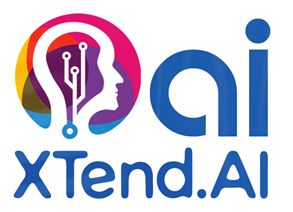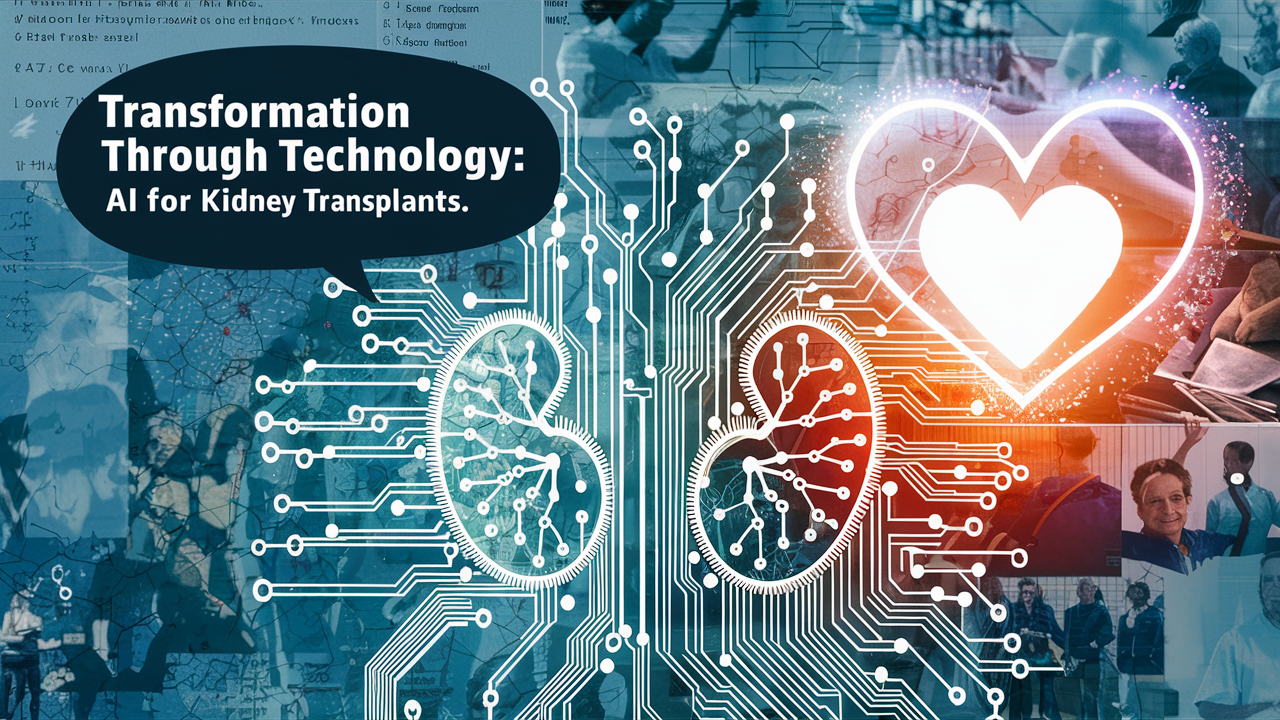In our continuing mission to use AI/ML to improve healthcare outcomes, we’re excited to share promising results from our latest project, aimed at improving survival prediction for kidney transplant outcomes. This collaborative effort brought together a diverse team of researchers, doctors, and nephrologists from the USA and the UK, including esteemed colleagues from the University Hospitals of Coventry and Warwickshire.
Using AI/ML to Improve Outcomes in Transplant Medicine:
Our project focused on developing advanced AI/ML models to enhance the prediction of outcomes for deceased-donor kidney transplants. By integrating both donor and recipient characteristics, our models have shown to significantly outperform existing approaches. This innovation not only represents a technical achievement but also holds the promise of saving countless lives by optimizing the match between kidney donors and recipients.
The Project at a Glance:
Utilizing data from 29,714 deceased-donor kidney transplants recorded in the United Kingdom Transplant Registry (UKTR) between 2008 and 2022, our team embarked on a mission to refine risk stratification for transplant patients. Through rigorous testing and evaluation of four machine learning models, we identified the XGBoost model as the standout performer, demonstrating superior accuracy in predicting graft survival over traditional models like the UK Kidney Donor Risk Index (KDRI).
Key Results:
- Enhanced Prediction Accuracy: The XGBoost model achieved an integrated Brier score (IBS) of 0.14, indicating high calibration, with Area Under the Curve (AUC) scores ranging from 0.74 to 0.76 over different post-transplant durations. This outstripped the performance of the traditional KDRI, which only managed a concordance of 0.62 and lower AUC scores.
- Clinical Utility: Beyond statistical achievement, the decision curve analysis suggested that our model, termed the United Kingdom Deceased-Donor Kidney Transplant Outcome Prediction (D-TOP), could significantly enhance clinical decision-making, improving the effectiveness of kidney allocation schemes.
Impact and Implications:
The results of this project are not just numbers on paper; they represent a paradigm shift in how we approach kidney transplants. By improving the accuracy of survival predictions, we can make better-informed decisions about organ allocation, potentially reducing graft failure rates and improving patients’ quality of life post-transplant. This is a monumental step towards optimizing the precious resource of donated organs and ensuring they provide the greatest possible benefit.
Next Steps:
Encouraged by these promising outcomes, we are expanding our research to develop similar models for living-donor transplants for both US and UK patients. The ultimate goal is to provide a universally applicable tool that can be adapted across different healthcare systems worldwide, bridging the gap between organ availability and recipient need.
The findings from our deceased-donor kidney transplant study will soon be published in a leading medical journal, marking an important milestone in transplant medicine. This publication will detail our methodologies, results, and the potential implications of our work for the global transplant community.
Stay tuned for further updates as we continue to innovate and apply AI/ML technologies to tackle some of healthcare’s most challenging problems. Our journey is far from over, but each step forward brings us closer to transforming patient care and outcomes through the power of artificial intelligence and machine learning.







